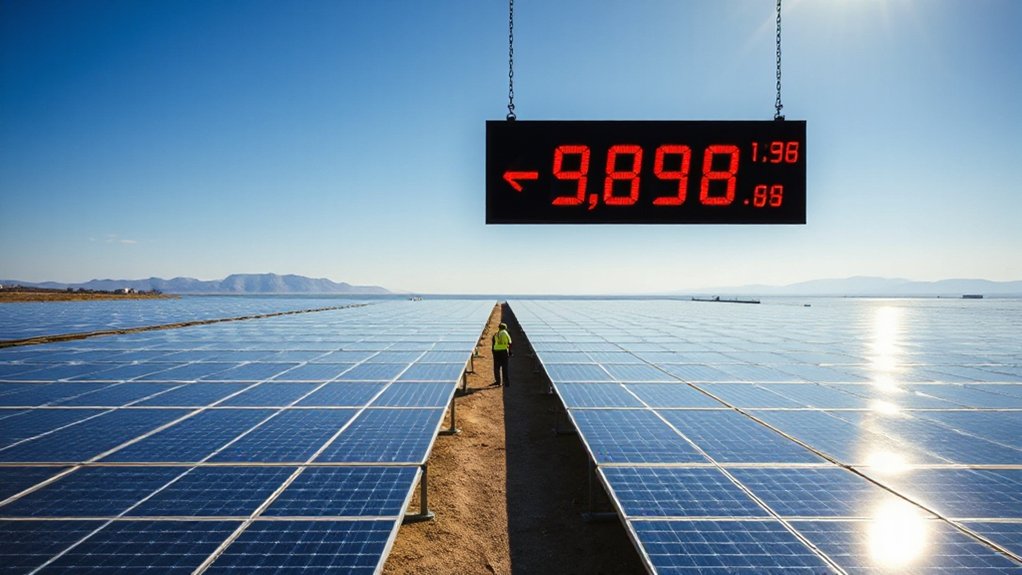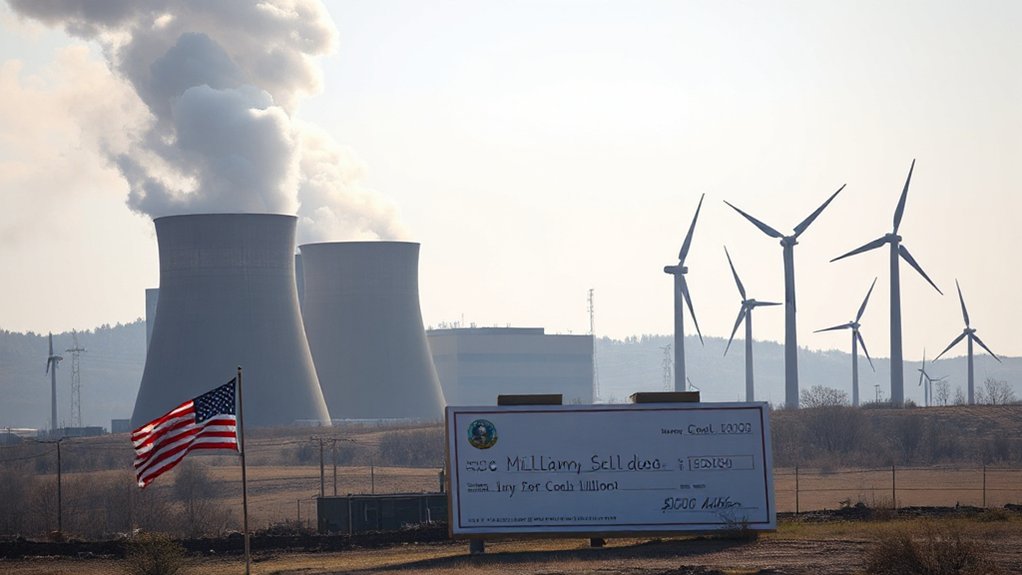Earth has now crossed the critical 1.5°C warming threshold above preindustrial levels. The year 2024 was the hottest on record, with January 2025 hitting 1.75°C above historical averages. This breach has triggered more intense heatwaves, agricultural losses, and rapid ice melt. Scientists warn current emission reduction commitments remain insufficient, with many experts predicting warming of 2.5°C or higher is inevitable. The consequences are already unfolding worldwide.
Earth’s climate has crossed a dangerous line as global temperatures recently surpassed the critical 1.5°C warming threshold above preindustrial levels. The year 2024 became the hottest on record, with January 2025 reaching an alarming 1.75°C above historical averages. While scientists define the 1.5°C threshold as a 20-year average, these temporary breaches signal we’re approaching a permanent overshoot of this key Paris Agreement target.
Greenhouse gas emissions continue to drive this warming trend. Despite global commitments to reduce emissions, current efforts aren’t enough to prevent temperatures from rising further. Without stronger action, studies predict long-term warming between 1.3°C and 1.5°C even with mitigation efforts. The greenhouse effect maintains Earth’s habitability, but excessive emissions have disrupted this natural balance.
The consequences of exceeding 1.5°C are already visible worldwide. More frequent and intense heatwaves, agricultural losses, and extreme weather events are becoming common. Recent findings published in Nature Climate Change highlight the significance of these early warning signs. Coral reefs face massive die-offs, and Antarctic ice is melting faster than expected, leading to rising sea levels. New research using sponge skeletons suggests that we may have actually passed the 1.5°C threshold around 2010 already, making our situation even more urgent than previously understood.
Human health suffers as heat stress increases and disease-carrying insects expand their range. Climate models paint a concerning picture of the future. Without major policy interventions, warming could reach 2.6-3.1°C. A survey of IPCC scientists revealed that over 77% believe warming of 2.5°C or higher is now inevitable.
Recent research suggests Earth may be more sensitive to carbon emissions than previously thought. Several factors worsen the situation. Reduced air pollution has unmasked warming that was temporarily hidden. Oceans can’t absorb as much heat as before, leaving more in the atmosphere.
Rising sea temperatures disrupt marine ecosystems and weather patterns, while El Niño events amplify these effects. The economic toll is mounting globally. Property damage from natural disasters increases yearly, and climate disruptions threaten food and water security.
These impacts hit vulnerable communities hardest, creating humanitarian challenges alongside environmental ones. Scientists warn that current warming rates exceed previous projections, suggesting we’ve underestimated the climate crisis‘s severity and speed.









